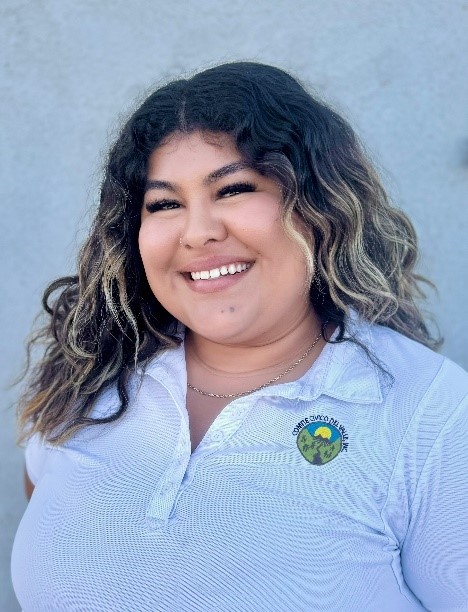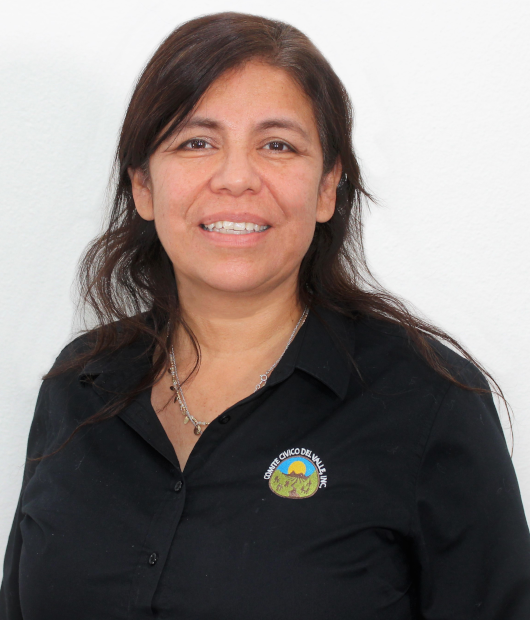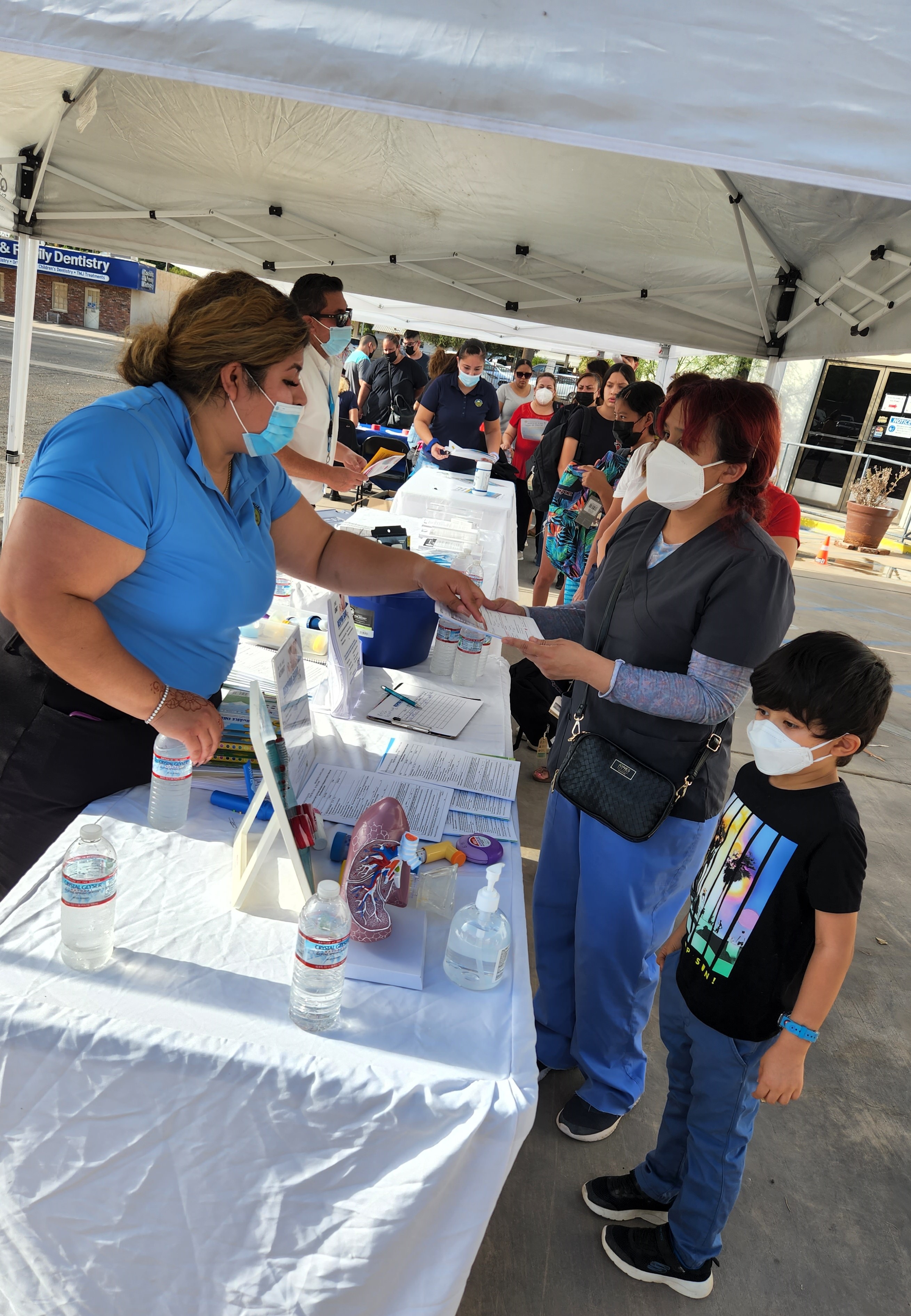Partner Spotlight: Comite Civico del Valle
October 17, 2025
Author: Comite Civico Del Valle, Inc.
As Latino Heritage Month comes to a close, California Breathing (CB) celebrates with an interview with Comite Civico del Valle (CCV) to highlight their extensive community work on asthma in Latino communities in California. CCV is a grassroots community-based organization with over 20 years of experience delivering community asthma programs and environmental advocacy and remediation in Imperial County. Imperial County is predominantly Latino and has one of the highest asthma-related emergency department visit rates for children in the state. CCV provides community health worker (CHW)-led asthma home visiting through their Respira Sano (Breathe Healthy) Asthma Education Home Visiting Program and has worked tirelessly in indoor and outdoor air quality.
CCV also partners with CB to deliver the Asthma Management Academy (AsMA), a no-cost, peer-to-peer, evidence-based and skill-building training for CHWs on how to deliver asthma education to clients and families with asthma. Since 2018, CCV has trained the majority of the 752 AsMA-trained CHWs (in English and Spanish) and is committed to high-quality, linguistically and culturally appropriate skill building of CHWs.
In this spotlight, CCV reflects on what Latino Heritage Month means to them, what motivates Latinos to serve their communities, and how other organizations can raise awareness about asthma in Latino communities.


Community Health Worker
Pride, Culture, and Community
Isamay expresses pride in her Mexican heritage and in being the daughter of Mexican immigrants. She celebrates her culture through traditional foods like pozole, moles, mezcalitos, and taquitos, as well as through her language and community involvement. She emphasizes the helpfulness that is common in Latino culture, noting that “we might not come from a lot of money, but with whatever it is that we have, we’re going to give it our all.” She believes that this kindness is what makes Hispanic culture beautiful. She states that “As a CHW, we work diligently to empower our community through pláticas, community advocacy, and engagement. One family at a time, we empower our community to plant seeds of wisdom, culture, and pride.”
How do you address asthma
in the Latino community?

Environmental Health and Outreach Supervisor
Melanie addresses asthma by engaging directly with the community and asking individuals about their symptoms, as many may not realize they have asthma because symptoms can resemble allergies or colds. “We refer them to the health care provider. And depending on the outcome, establishing a trust relationship, they’ll come back and be like, ‘Hey, you know what? It is asthma. Now I’m interested in your services.’”
CCV offers health education classes tailored to community needs, focusing on the high prevalence of asthma in Imperial County. As a CHW, she values building trust through ongoing educational discussions rather than one-time interactions. Instead of simply distributing handouts, they engage in meaningful conversations and provide resources to help the community.

Director of Health Programs
What motivates Latinos to serve their communities?
“Every single one of us has something that motivates us to care about others, our community, and each other. They [Latinos] want to improve the quality of life for their families like I did.” She recalls a vulnerable time when her children were younger, and her youngest child was having asthma symptoms. “I was the mother urgently rushing to the emergency room, terrified as my child struggled to breathe.” Esther is motivated to serve her community by providing support to others who, like her, faced a lack of support during difficult times.

How can organizations raise awareness about asthma in Latino communities?
Isamay emphasizes the importance of using accessible language in materials to engage the audience effectively. She shares, “My method is to have a conversation instead of just saying, ‘Hey, here’s this program.’ I start by asking, ‘How are you doing today?’” She actively listens to clients’ needs and builds trust through consistent follow-ups. Melanie highlights the need for research on local resources and collaboration with other organizations to share information and support. She states, “You give me some flyers for your programs, and I’ll give you some of mine, and let’s work together.” Esther adds that being present at community events is vital for raising awareness. Isamay concludes, “When people are informed, they contribute to building healthier communities.”